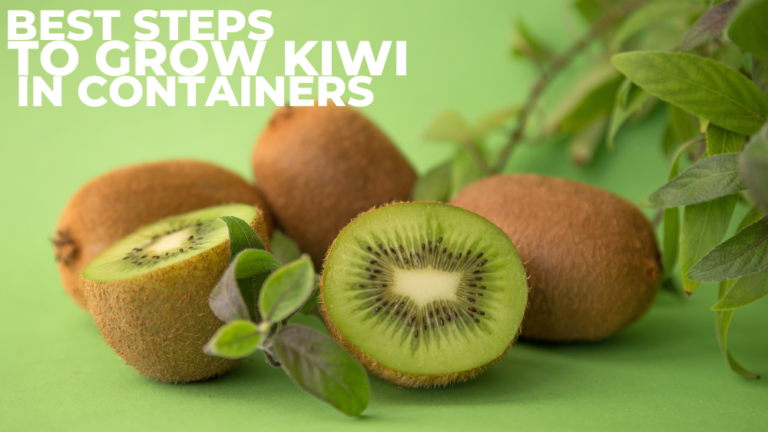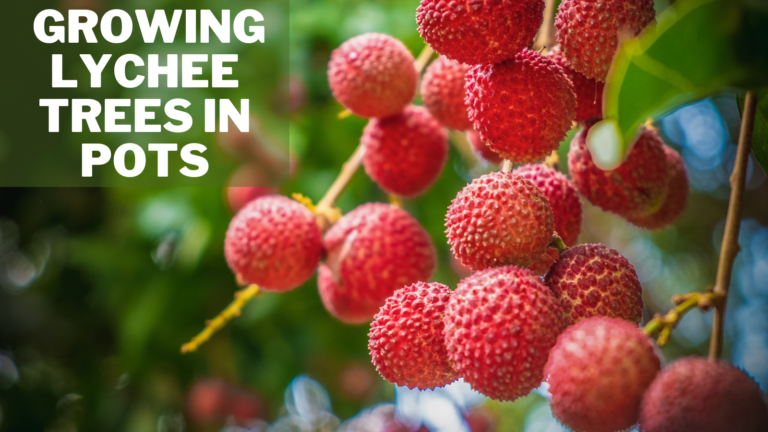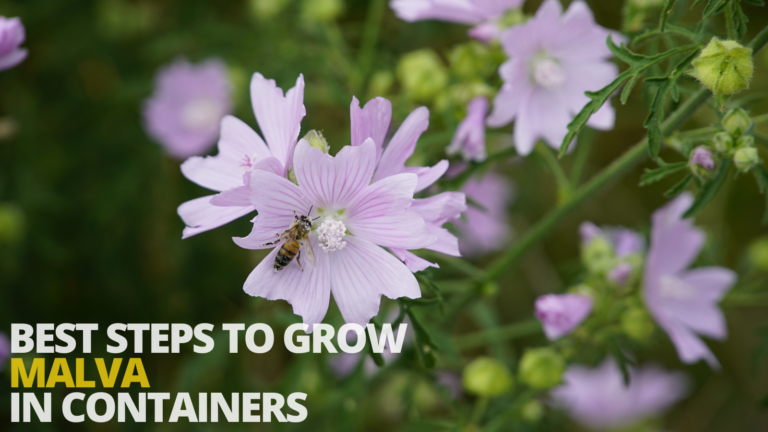Best Tips To Grow Hibiscus In A Pot
Best Tips To Grow Hibiscus In A Pot
Growing hibiscus in a pot is a delightful way to bring tropical beauty to your home or garden. These vibrant, showy flowers thrive in containers, making them perfect for small spaces or patios.
When you grow hibiscus in a pot, it’s important to provide the right care, including adequate sunlight, proper watering, and well-draining soil.
With the right attention, your potted hibiscus can produce a profusion of stunning blooms, adding a touch of elegance and a pop of colour to your outdoor or indoor space season after season.
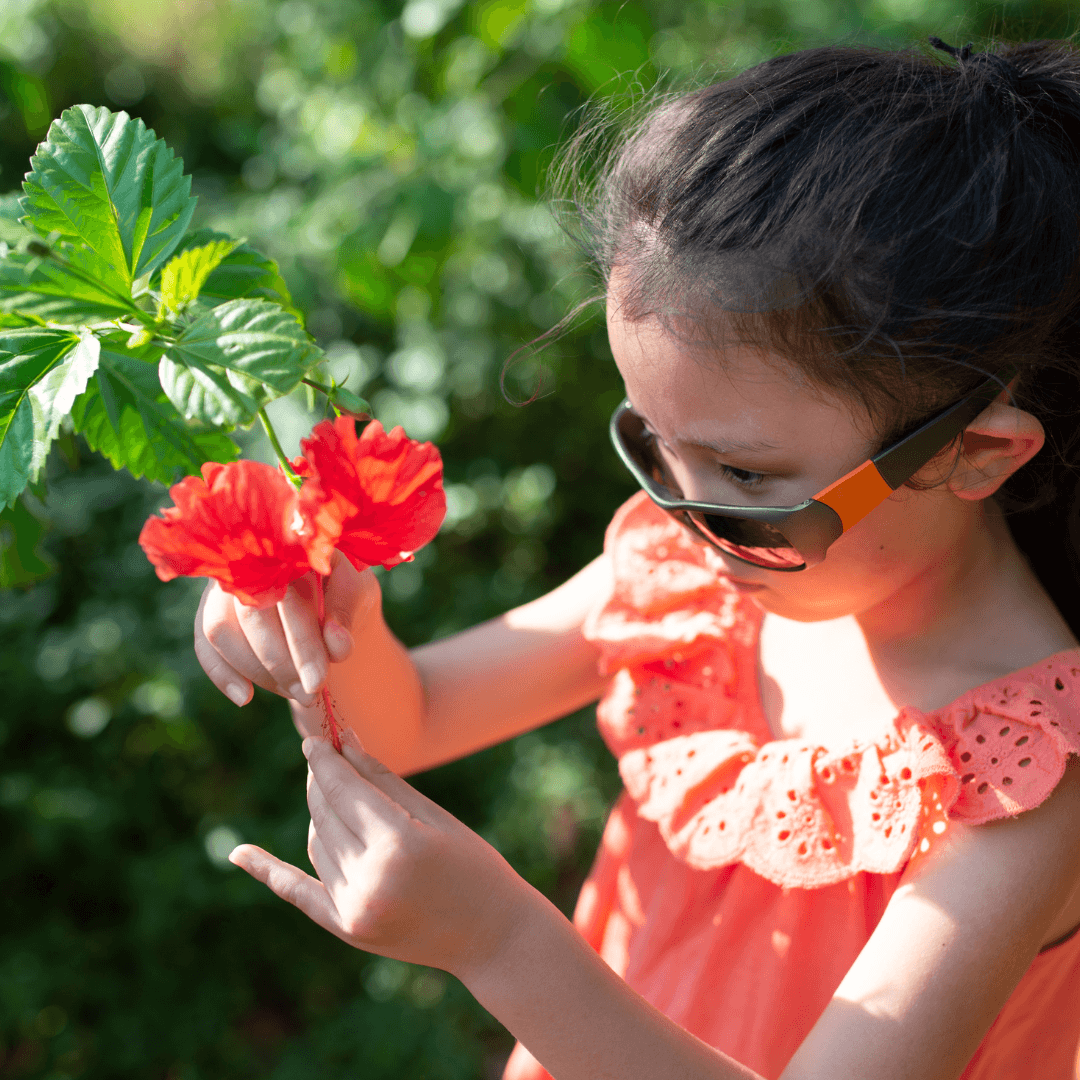
Hibiscus Meaning
The hibiscus flower symbolizes beauty, love, and femininity in various cultures. Its vibrant colours and delicate petals often represent passion and romance, highlighting life's fragility due to its short bloom.
In Hawaiian tradition, it holds significance in signalling relationship status, with women wearing the flower behind their ears to indicate availability.
In many regions, such as Malaysia and the Pacific Islands, hibiscus symbolizes hospitality, warmth, and friendship. Additionally, as the national flower of Malaysia and South Korea, it embodies endurance and immortality, reflecting cultural pride and resilience.
Types Of Hibiscus Flowers
Hibiscus flowers come in various types, each with unique characteristics and beauty. Here are some popular types:
1. Hibiscus rosa-sinensis (Tropical Hibiscus)
The Tropical Hibiscus is known for its large, vibrant flowers in red, pink, yellow, orange, and white shades. This type thrives in warm climates and can be grown outdoors as a shrub in frost-free areas. In colder climates, it grows well in containers that can be brought inside during the winter to avoid freezing weather.
2. Hibiscus syriacus (Rose of Sharon)
The Rose of Sharon Hibiscus is a hardy deciduous shrub that produces smaller pink, white, lavender, and blue flowers. This type thrives in temperate climates, tolerating both hot summers and cold winters.
It’s ideal for landscapes that can be grown as a shrub or small tree. It’s well-suited for outdoor planting in colder regions, as it can withstand frost and snow.
3. Hibiscus moscheutos (Hardy Hibiscus or Rose Mallow)
The Rose Mallow Hibiscus features large, dinner-plate-sized flowers in shades of pink, red, and white. It is ideal for gardens in colder climates, as it can withstand harsh winters and return yearly.
Plant it in sunny locations with moist soil. It’s perfect for adding a bold colour to garden beds or along the edges of ponds and wetlands.
4. Hibiscus acetosella (Red Leaf Hibiscus)
The Red Leaf Hibiscus is noted for its deep burgundy or red leaves and smaller, bright pink or red flowers. This type is often grown as an ornamental plant for its striking foliage.
It thrives in warm, sunny climates and can be grown in pots or garden beds. It should be treated as an annual or brought indoors before the first frost in cooler regions.
5. Hibiscus mutabilis (Confederate Rose)
The Confederate Rose Hibiscus is known for its unique flowers that change colour from white to pink to red within a single day.
This big shrub may reach a height of 15 feet and does best in warm, humid areas. Though it may be trimmed to fit in smaller locations, it is best suited for bigger garden settings. To avoid frost damage, it should be planted in containers in colder locations and moved indoors for the winter.
6. Hibiscus coccineus (Scarlet)
Produces striking red, star-shaped flowers with long, slender petals. This type thrives in wet conditions, making it perfect for water gardens, ponds, or moist areas in your landscape.
It prefers full sun and warm climates but can tolerate mild frost. In cooler regions, plant it in pots or areas where soil can be kept consistently moist and protected during colder months.
7. Hibiscus sabdariffa (Roselle)
The Roselle Hibiscus is grown for its edible calyces. They are used to make hibiscus tea and other beverages. This type features bright red stems and yellow flowers with red centers.
It thrives in warm, tropical, or subtropical climates with well-drained soil. In cooler regions, it should be grown annually or in containers that can be moved indoors during colder months to protect from frost.
These hibiscus varieties offer various colours, sizes, and growth habits, making them versatile for any garden or potted plant collection.
Tips To Grow Hibiscus In A Pot
Growing hibiscus in a pot is a rewarding way to enjoy these vibrant blooms, even in limited space. Here are some tips to help your potted hibiscus thrive:

1. Choose The Right Pot For A Hibiscus Plant
Choosing the right pot for your hibiscus plant is crucial for its health and growth. An ideal pot is at least 12-16 inches in diameter, as hibiscus plants have a moderately extensive root system that needs space to spread out.
This size allows the roots to grow without becoming cramped, which helps prevent the plant from becoming root-bound—a condition that can hinder its growth and reduce blooming.
Equally important is ensuring the pot has good drainage holes. Although hibiscus plants need continually moist soil, they are quite vulnerable to root rot if it gets too wet.
Drainage holes keep the roots out of the water and let extra water out. When selecting a pot, consider materials like terracotta, which breathes and helps regulate moisture, or plastic, which retains moisture well but is lighter and easier to move indoors during colder months. This balance of space and drainage ensures your hibiscus remains healthy and vibrant.

2. Best Soil To Grow Hibiscus In Pots
Providing quality soil is essential for the healthy growth of a hibiscus plant. Hibiscus thrives in well-draining potting soil, which ensures that water doesn’t pool around the roots, reducing the risk of root rot.
An abundance of organic matter, such as compost, peat moss, or aged bark, makes for the perfect soil combination. Organic matter lets extra water evaporate while assisting in moisture retention. Organic matter also enriches the soil with essential nutrients, supporting robust growth and vibrant blooms.
A potting mix designed for tropical plants is often the best choice for hibiscus. These mixes typically contain the right balance of moisture retention and aeration, mimicking the plant’s natural environment.
You can also add a small amount of perlite or sand to improve drainage. Maintaining the correct soil conditions will promote strong root development, healthier foliage, and abundant flowering, keeping your potted hibiscus looking its best year-round.
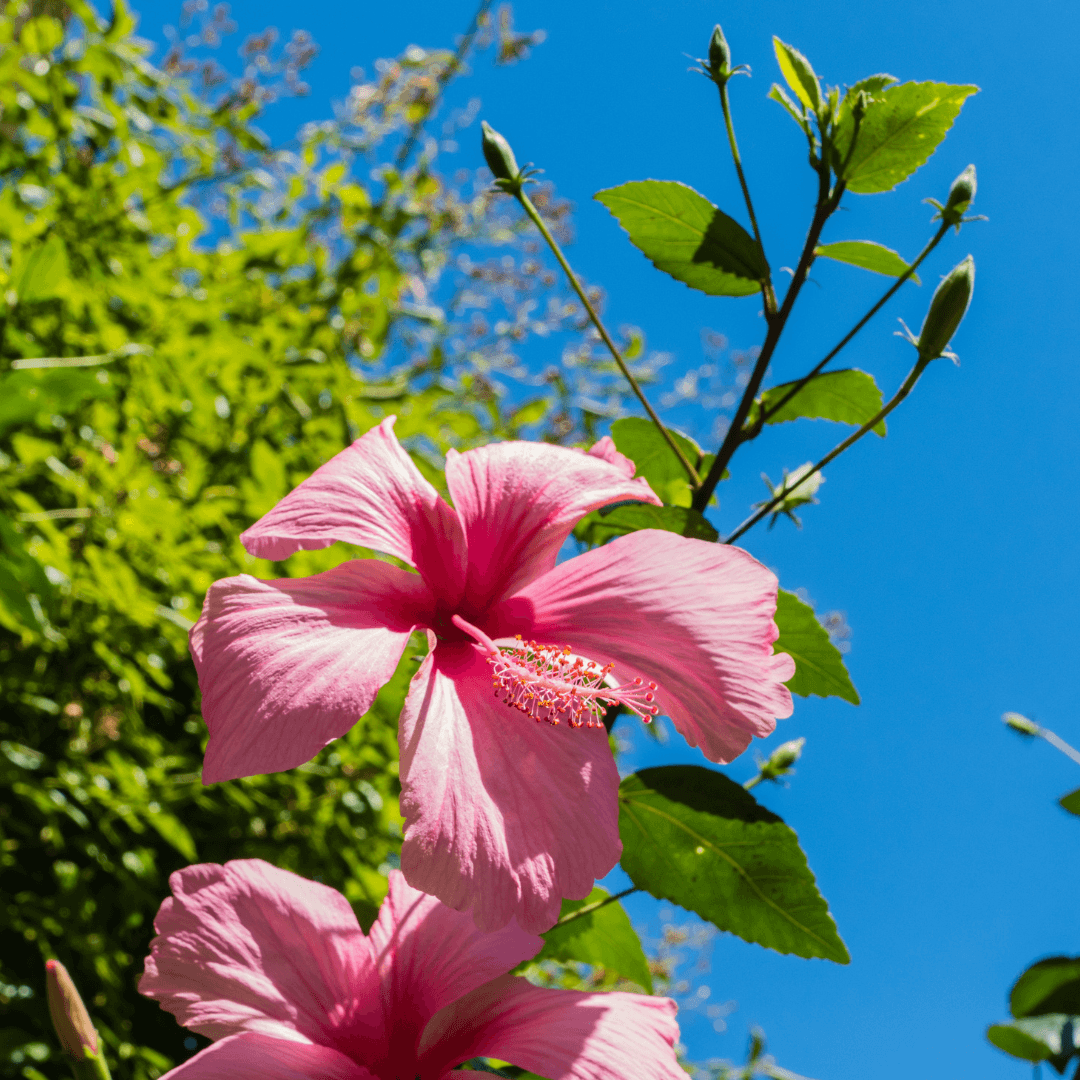
3. Sunlight Requirements To Grow Hibiscus In A Pot
Sunlight is vital for the health and blooming of hibiscus plants. These tropical beauties thrive in bright, direct sunlight and require at least 6 hours daily to produce stunning flowers.
The more light they receive, the better they’ll grow and bloom. A sunny spot, such as a south-facing patio, balcony, or windowsill, is ideal for potted hibiscus.
Without enough sunlight, hibiscus plants can become leggy, with fewer blooms, and may develop pale or yellowing leaves.
Insufficient light also weakens the plant, making it more susceptible to pests and diseases. If you’re growing hibiscus indoors, place the pot near the brightest window, ideally one that gets direct sunlight.
If natural light is limited, consider using grow lights to supplement exposure. Ensuring your hibiscus gets adequate sunlight is key to enjoying a lush, flowering plant year-round.
4. Fertilizing Hibiscus
Fertilization is key to promoting vibrant blooms and healthy growth in hibiscus plants. During the growing season, typically from spring through early fall, hibiscus benefits from regular feeding every 2-4 weeks.
A balanced, water-soluble fertilizer is ideal, providing the essential nutrients the plant needs for overall health. Look for a formula higher in potassium (the third number in the N-P-K ratio), as potassium plays a crucial role in flower production and maintaining strong, healthy blooms.
Fertilizers should be applied according to the directions on the container to prevent overfeeding, which may lead to salt buildup in the soil and harm the plant.
Water the plant before and after fertilization to help the nutrients reach the roots and avoid fertilizer burn. Consistently feeding your hibiscus during the active development period will give it the energy to bloom prolifically and brilliantly all season long.
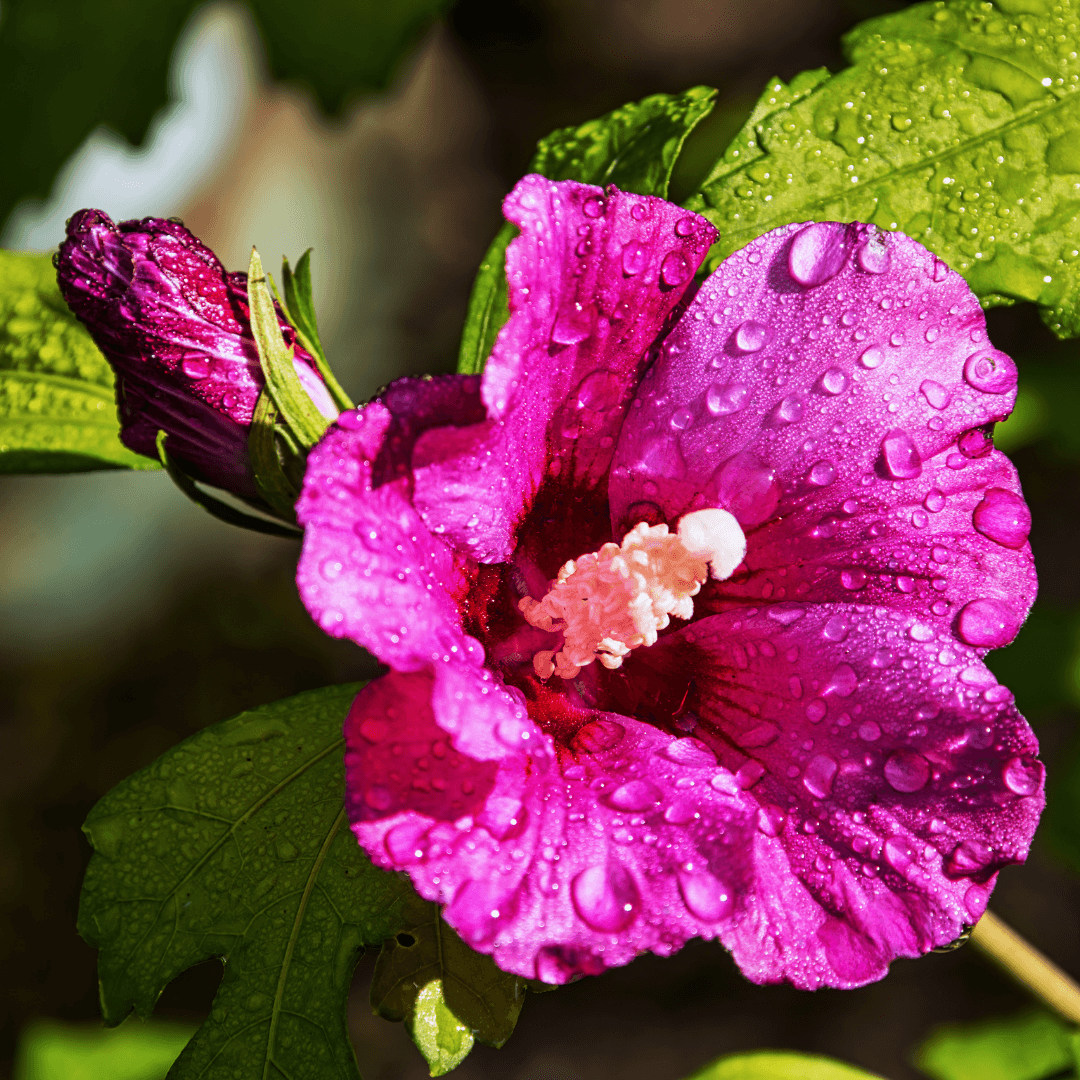
5. Watering Hibiscus Plants
Proper watering is essential to keeping a hibiscus plant healthy. Consistently wet soil is ideal for hibiscus growth, but overwatering might cause root rot.
The best approach is to water thoroughly when the top inch of soil feels dry. This ensures that the water reaches the roots, encouraging deep root growth. Allowing excess water to drain and keeping the roots from sitting in water requires a pot with adequate drainage.
In hot weather, hibiscus plants may require daily watering, especially in pots, as containers dry out more quickly than garden beds.
However, always check the soil before watering; if it’s still moist, hold off to prevent waterlogging. During cooler months, reduce watering as the plant’s growth slows.
Your hibiscus will thrive by maintaining the right moisture balance, producing lush foliage and vibrant blooms.
6. Pruning Hibiscus Plants
Pruning is essential for keeping your hibiscus plant healthy and attractive. Regular pruning helps maintain its shape, encourages bushier growth, and promotes better flowering.
Start by removing dead or yellowing leaves that harbour pests and diseases. This lessens the chance of fungal infections and other problems while improving the plant's look and air circulation.
Prune back long or leggy stems to encourage a more compact, fuller plant. Cutting back the tips of branches will stimulate new growth and lead to more blooms.
It's best to prune early spring, just before the growing season begins, to prepare the plant for a productive year. Use sharp, clean pruning shears to make precise cuts and prevent harming the plant. Regular maintenance through pruning ensures a healthy hibiscus with vibrant foliage and abundant flowers.
7. Temperature And Humidity Requirements For Hibiscus Plants
Hibiscus plants thrive in warm, humid conditions, making them well-suited to tropical and subtropical climates. They prefer temperatures between 60°-85°F (15°-29°C) and high humidity levels that mimic their natural environment.
Protecting your hibiscus during winter ensures its survival and continued health if you live in a cooler climate.
For indoor care, bring the potted hibiscus indoors before the first frost. Put it next to a south-facing window in a bright, sunny spot to ensure it gets enough light. If the humidity varies, you might want to use a humidifier or set the pot on a tray with water and stones.
If moving the plant indoors is not an option, cover it against frost or relocate it to a protected area. You must maintain the right humidity and temperature to keep your hibiscus vibrant and blooming.

8. Pests & Diseases Of Hibiscus Plants
Resolving pest issues is essential to keeping your hibiscus plant healthy. Common pests that can damage plants include spider mites and aphids, which feed on the plant's sap and inhibit growth and blooming.
To keep these pests in check, regularly inspect your hibiscus, particularly the undersides of leaves and along the stems, where pests often hide.
To prevent the problem from spreading, address it promptly at the first sign of infestation. Neem oil and insecticidal soap are good insect management solutions.
Neem oil stops insects from feeding and reproducing, while insecticidal soap suffocates and dehydrates pests. Follow the label's application instructions to guarantee uniform coverage in the affected areas.
Reapply as needed and monitor the plant to confirm that the infestation is under control. You can keep your hibiscus healthy and thriving by staying vigilant and treating pests early.
9. Repotting Hibiscus
Repotting your hibiscus every 2-3 years is essential for maintaining its health and encouraging continued growth. As hibiscus plants grow, their roots can become root-bound, meaning they outgrow their current pot, leading to stunted growth and reduced flowering. To prevent this, report your hibiscus into a slightly larger pot, allowing more space for the roots to expand.
Select a pot for repotting that is one to two inches bigger in diameter than the existing one. This will guarantee that the plant has adequate room to expand without becoming overcrowded.
Use new, well-draining potting soil high in organic matter to replenish the nutrients and encourage healthy growth. This will help the plant feel more vibrant.
Regular repotting prevents root-bound conditions and keeps the soil fresh and nutrient-rich, promoting a healthier, more vibrant hibiscus.
10. Deadheading Hibiscus
Deadheading, or pulling off spent flowers, is an easy yet efficient method to maintain your hibiscus plant's health and abundance of blooms.
As flowers fade, they form seed pods, diverting the plant’s energy from producing new blooms. By regularly deadheading, you redirect that energy back into making more flowers, leading to a longer and more abundant blooming season.
To deadhead, pinch off or snip the faded flowers just below the bloom, taking care not to damage the surrounding buds or foliage.
This process also helps keep your hibiscus tidy and well-maintained, preventing the plant from becoming overgrown or scraggly. In addition to encouraging more blooms, deadheading reduces the disease risk by removing decaying plant material that can harbour pests and fungi.
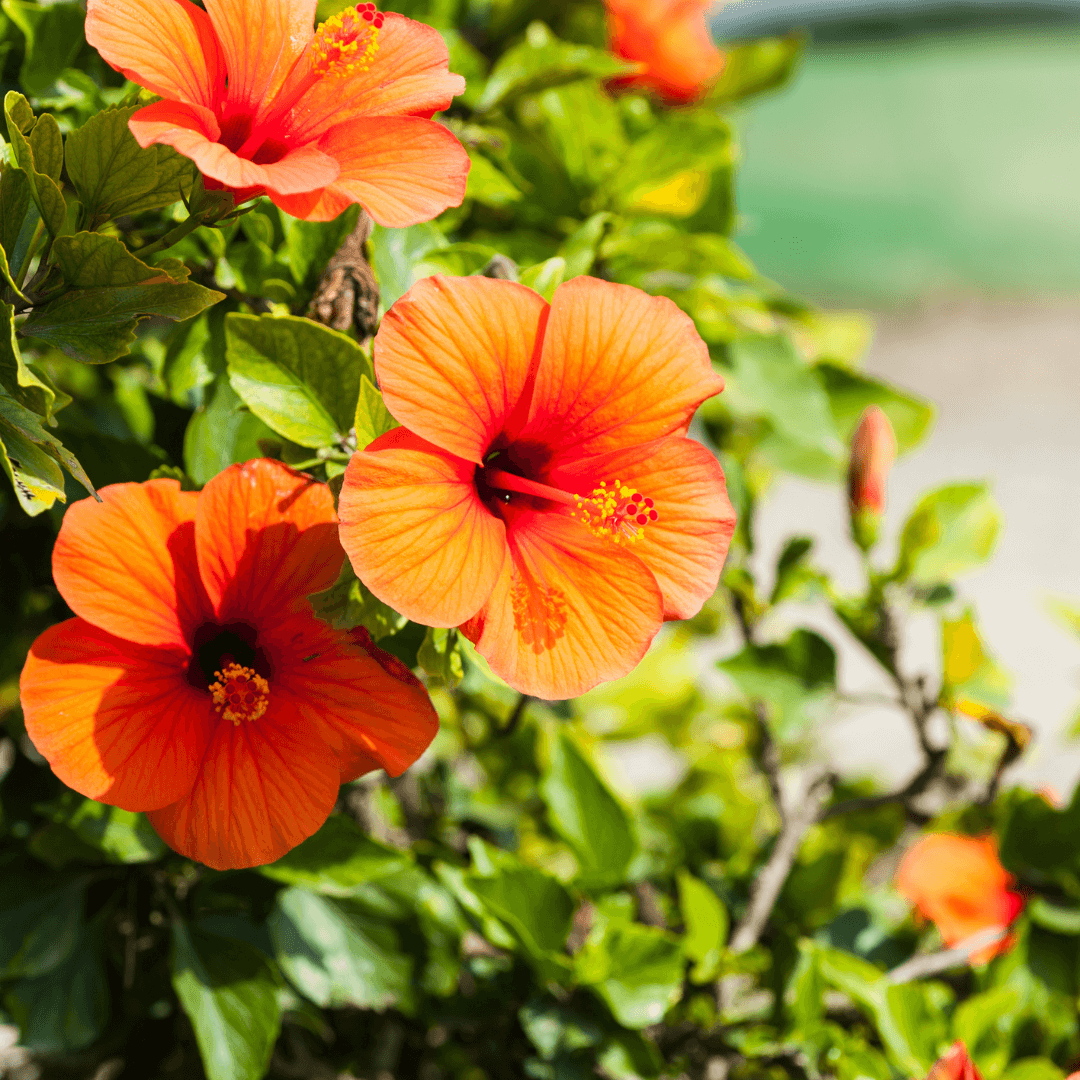
11. Humidity Boost For Hibiscus Plants
Maintaining humidity is crucial for a healthy hibiscus, especially in dry indoor environments. Hibiscus plants thrive in high humidity, which mimics their natural tropical habitat. If the air in your home is dry, you can boost humidity around the plant to help it flourish.
One efficient technique is frequent water misting of the leaves. This adds moisture to the air and directly benefits the plant's foliage.
Aim to mist the leaves daily or as needed, depending on the dryness of your environment. Another approach is to use a humidity tray.
Place a shallow tray with stones and water underneath the pot. As the water vapour dissipates, the humidity surrounding the plant rises.
Combining these methods will create a more favourable environment for your hibiscus, encouraging lush growth and vibrant blooms.
12. Companion Planting With Hibiscus Plants
Companion planting with hibiscus can enhance your potted plant's aesthetic appeal and health. If you have a large pot, adding companion plants like sweet alyssum or marigolds can create a visually pleasing arrangement while offering practical benefits.
Sweet alyssum can provide ground cover with its tiny, scented blossoms. These help retain soil moisture and inhibit the growth of weeds. The blooms also attract beneficial insects like pollinators, aiding your hibiscus's overall health.
Marigolds are particularly effective at deterring pests. Their strong scent repels common garden pests, such as aphids and nematodes, which can otherwise damage your hibiscus.
When choosing companion plants, ensure they have light and water requirements similar to those of your hibiscus. Combining these plants enhances your pot's visual appeal and fosters a balanced ecosystem that supports a healthier, more resilient hibiscus plant.
FAQ
1. Do Hibiscus Plants Need To Be Pruned?
Answer: Pruning helps maintain the plant's shape and encourages blooming. Prune lightly after the flowering season or when the plant becomes too leggy.
2. How Do I Overwinter A Potted Hibiscus?
Answer: Bring the hibiscus indoors before the first frost if you live in a colder climate. Keep it sunny, reduce watering, and maintain a temperature above 55°F (13°C).
Conclusion
In conclusion, proper care is key to enjoying vibrant blooms and healthy growth when you grow hibiscus in a pot. Your hibiscus will thrive by choosing the right container, using well-draining soil, providing adequate sunlight, and maintaining a balanced watering and feeding schedule.
With attention and care, your potted hibiscus will continue to bring a burst of tropical colour to your home or garden for many seasons.
I trust you enjoyed this article on the Best Tips for Growing Hibiscus In A Pot. Please stay tuned for more blog posts soon. Take care!
JeannetteZ
>>>Please click here to read my all-inclusive article, About The Essential Companion Planting Guide<<<
>>>Please click here to read my all-inclusive article about Container Gardening<<<
>>>Are you interested in homegrown herbs and medicine? Please click here to find out more about it!<<<
Your Opinion Is Important To Me
Do you have thoughts, ideas, or questions? I would love to hear from you. Please leave me your questions, experiences, and remarks about this article, Best Tips To Grow Hibiscus In A Pot, in the comments section below. You can also email me at Jeannette@Close-To-Nature.org.
Disclosure
This post may contain affiliate links. As an Amazon Associate and other affiliate programs, I earn from qualifying purchases at no extra cost to you. Please read my full affiliate disclosure.
You might also enjoy these blog posts:
Simple Ways To Practice Mindfulness
Guide To Flower Diseases Prevention And Treatment



